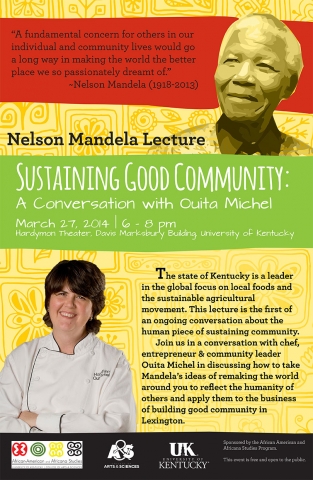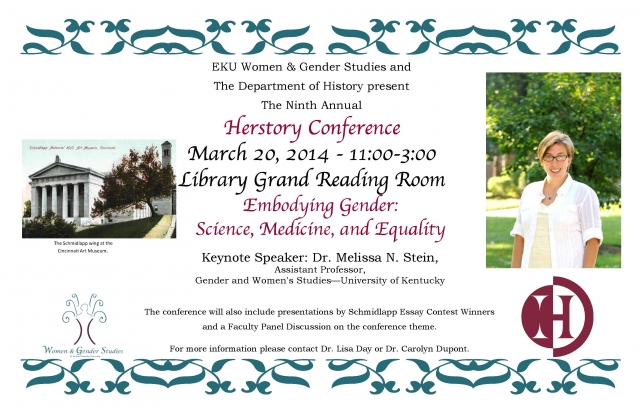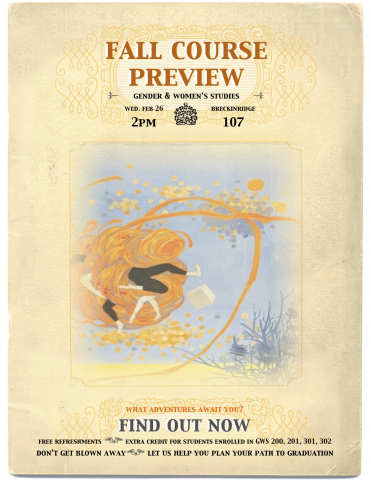Nelson Mandela Lecture in Community Sustainability: Ouita Michel
“A fundamental concern for others in our individual and community lives would go a long way in making the world the better place we so passionately dreamt of.”
~Nelson Mandela (1918-2013)
The state of Kentucky is a leader in the global focus on local foods and the sustainable agricultural movement. This lecture is the first of an ongoing conversation about the human piece of sustaining community. Join us in a conversation with chef/entrepreneur/community leader Ouita Michel in discussing how to take Mandela’s ideas of remaking the world around you to reflect the humanity of others and apply them to the business of building good community in Lexington.
Thursday, March 27 from 6-8pm in the Hardymon Theater (Marksbury Building)



